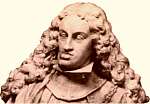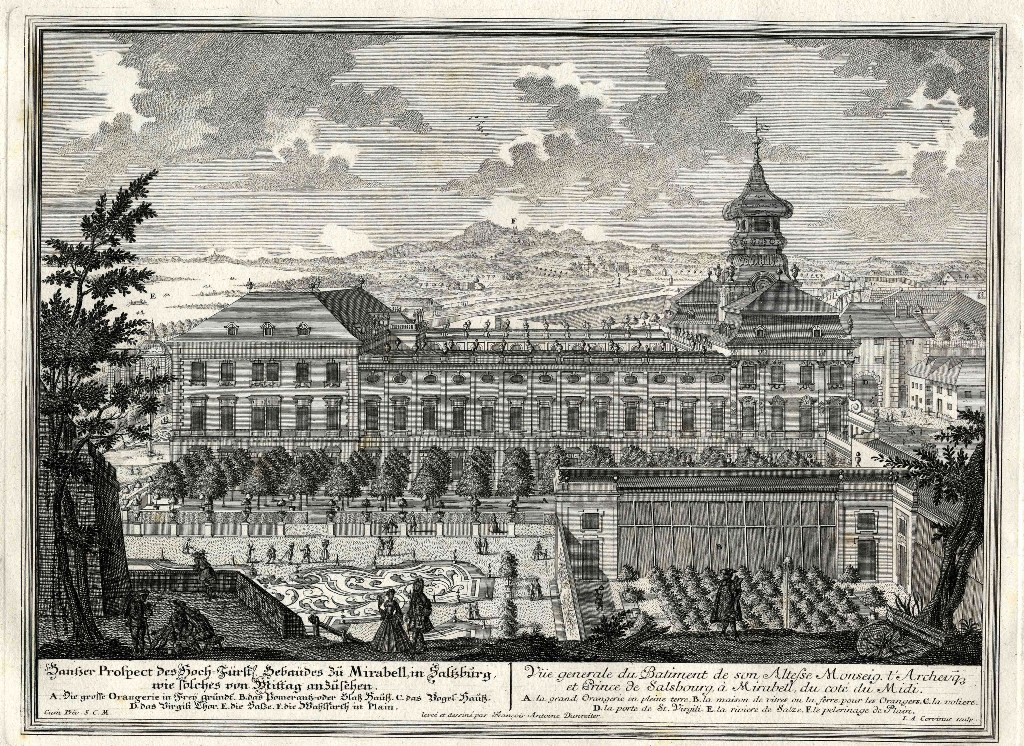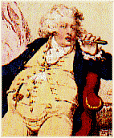The Habsburg Kings of Spain descended from Queen Joanna "The Mad" of Castile (1479-1555), who was mentally unstable and prone to fly into rages. Her descendants increased her inheritance by inbreeding: they preferred to marry either their cousin or their niece. These incestuous marriages resulted in the mentally and physically handicapped King Charles II (1661-1700), who possessed the physical peculiarities of the Habsburgs to an extent that made him little short of a monstrosity.
 The Habsburg King Charles II of Spain (to the right) was sadly degenerated with an enormous misshapen head. His Habsburg jaw stood so much out that his two rows of teeth could not meet; he was unable to chew. His tongue was so large that he was barely able to speak. His intellect was similarly disabled. His brief life consisted chiefly of a passage from prolonged infancy to premature senility. Charles
The Habsburg King Charles II of Spain (to the right) was sadly degenerated with an enormous misshapen head. His Habsburg jaw stood so much out that his two rows of teeth could not meet; he was unable to chew. His tongue was so large that he was barely able to speak. His intellect was similarly disabled. His brief life consisted chiefly of a passage from prolonged infancy to premature senility. Charles
Charles II of Spain was the result of generations of inbreeding within the Habsburg family. His mother was a daughter of his father's sister who had married her cousin the Emperor Ferdinand II. His great-grandfather, Philip II of Spain, too, had married a daughter of his sister who had married her cousin the Emperor Maximilian II. As a result, Charles II of Spain descended multiple times from Joanna "The Mad" as shown below.
 |
| The ancestors of Charles II often married either their cousin or their niece |
Sources:
- Bos, J.N.W.: Mad Monarchs: Carlos II of Spain
- Khan, R.: Inbreeding & the downfall of the Spanish Hapsburgs






